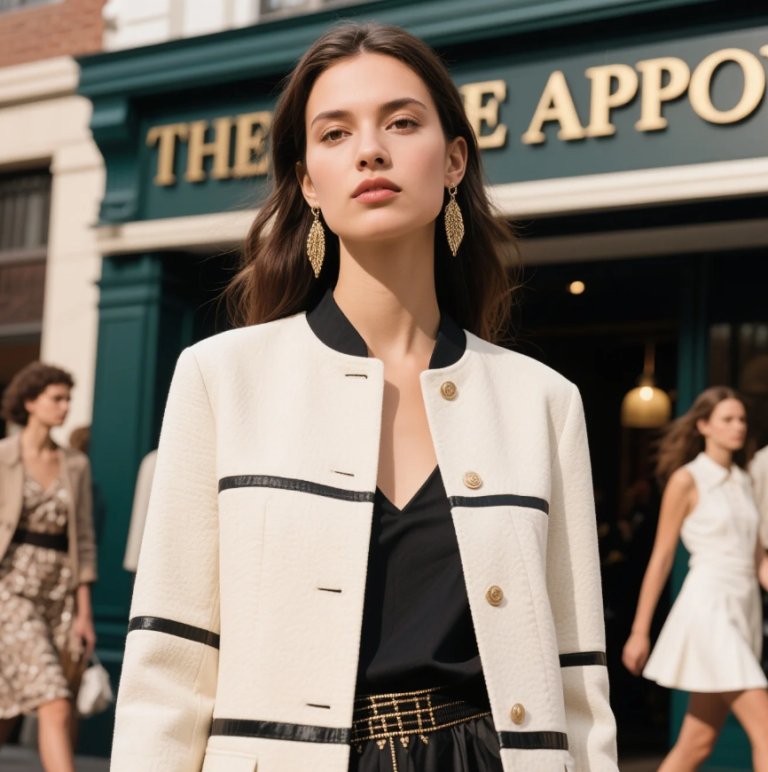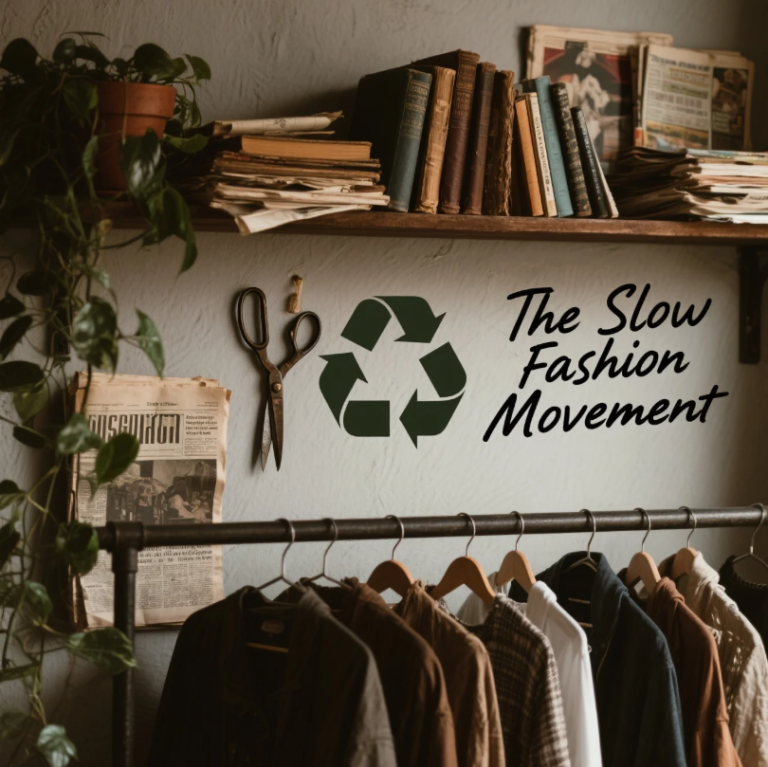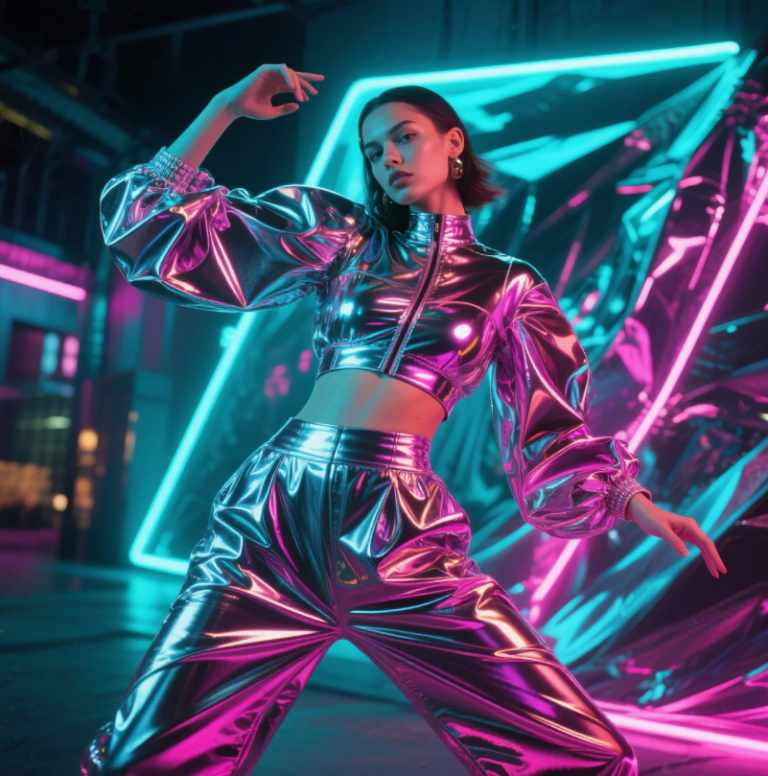
The Paradox of Prestige and Patience
Luxury fashion has long been synonymous with exclusivity, opulence, and a fast-paced cycle of trends. However, in an era where sustainability is no longer optional, the industry faces a pivotal question: Can high-end fashion truly slow down without compromising its allure?
The Emergence of Slow Luxury
The concept of “slow luxury” marries the principles of slow fashion—mindful production, ethical labor, and environmental consciousness—with the traditional hallmarks of luxury: superior craftsmanship, timeless design, and exclusivity. This movement challenges the status quo, urging brands to prioritize quality over quantity and longevity over fleeting trends.
Pioneers of Sustainable Elegance
Several luxury brands have taken significant strides toward embracing slow luxury:
- Stella McCartney has been a trailblazer in sustainable fashion, utilizing innovative materials like Mylo (a mushroom-based leather alternative) and launching the Frayme Mylo Bag, the world’s first luxury bag made from mycelium. The brand’s commitment extends to reducing operational emissions and investing in renewable energy sources .
- Gucci introduced its “Equilibrium” initiative, focusing on reducing environmental impact through sustainable materials and circular fashion practices. The brand’s “Gucci Off the Grid” collection features pieces made from organic and recycled materials, showcasing a commitment to eco-friendly luxury .
- Gabriela Hearst has set a precedent with her carbon-neutral fashion shows and use of biodegradable packaging. Her brand emphasizes the use of organic and recycled materials, aligning luxury with environmental responsibility .
The Allure of Timeless Craftsmanship
Slow luxury emphasizes the value of timeless pieces that transcend seasonal trends. Brands like Loro Piana and Johnstons of Elgin focus on high-quality, responsibly sourced materials and traditional craftsmanship, offering products that are both luxurious and sustainable .
Challenges on the Road to Sustainability
Despite these advancements, the transition to slow luxury is not without challenges:
- Cost Implications: Sustainable materials and ethical labor practices often result in higher production costs, which can lead to increased prices for consumers.
- Consumer Expectations: The luxury market has conditioned consumers to expect constant novelty. Shifting consumer mindset towards valuing longevity over newness requires strategic communication and education.
- Greenwashing Concerns: As sustainability becomes a selling point, some brands may engage in superficial or misleading practices, undermining genuine efforts in the industry.
The Future of Luxury Fashion
The integration of slow fashion principles into the luxury sector is not just a trend but a necessary evolution. As consumers become more environmentally conscious, the demand for sustainable luxury will likely continue to grow. Brands that authentically embrace slow luxury stand to redefine the industry, proving that elegance and ethics can coexist.
The journey toward slow luxury is complex, requiring a balance between maintaining brand allure and committing to sustainable practices. However, as pioneers demonstrate, it’s possible to uphold the essence of luxury while embracing a more thoughtful and responsible approach to fashion. The future of high-end fashion lies not in the speed of its cycles but in the depth of its values.



